
How to Choose the Best Outdoor Sconce Lights: A Complete Guide for Homeowners
Share
Outdoor sconce lights are an essential feature for enhancing your home's exterior while providing functional lighting. Whether you're lighting a porch, driveway, or garden path, choosing the right sconce can transform the space. This guide will walk you through everything you need to know to make an informed decision when selecting the best outdoor sconce lights for your needs.
Table of Contents
- What Are Outdoor Sconce Lights?
- Types of Outdoor Sconce Lights
- How to Choose the Right Brightness for Outdoor Sconce Lights
- Materials and Durability Considerations
- Installation and Placement Tips
1. What Are Outdoor Sconce Lights?
 Smart LED Outdoor Wall Light RGBCCT Dimmable
Smart LED Outdoor Wall Light RGBCCT Dimmable
Outdoor sconce lights are wall-mounted light fixtures designed specifically for outdoor use. They are often used to provide ambient lighting around the exterior of a home, such as in entryways, along pathways, or beside garage doors. Typically, they have an open or semi-enclosed design, which allows for better light dispersion and gives them a decorative appeal.
These lights are not just about aesthetics—they also serve a functional role in keeping your outdoor spaces well-lit and secure at night. Whether you are illuminating your front porch or highlighting a garden path, outdoor sconces can create a welcoming atmosphere while adding a stylish flair to your home's exterior.
2. Types of Outdoor Sconce Lights
When it comes to choosing the right outdoor sconce light, there are several types to consider. Each has distinct characteristics that make it more suitable for certain settings or design preferences.
a) Wall-Mounted Sconces
These are the most common outdoor sconces and are designed to be mounted directly on a wall or surface. They come in a variety of styles—from vintage lanterns to sleek, modern designs.
b) Lantern-Style Sconces
Lantern sconces feature a vintage or rustic appearance, often made of glass and metal. They are perfect for creating a warm, welcoming look around the porch or front entrance.
c) LED Outdoor Sconces
LED sconces are energy-efficient, durable, and long-lasting. They offer a modern and eco-friendly lighting solution, with many options providing adjustable brightness.
d) Motion-Sensor Sconces
For added security, motion-sensor sconces activate when they detect movement. This type is excellent for areas that need both lighting and safety, such as along dark paths or by the garage.
e) Solar-Powered Sconces
If you're looking for a sustainable option, solar-powered sconces are a great choice. They rely on sunlight during the day to charge and offer nighttime lighting without the need for electrical wiring.
f) Dusk-to-Dawn Sconces
These sconces automatically turn on at dusk and off at dawn. This makes them a hassle-free option for homeowners who don’t want to manually control their outdoor lights.
Each of these types comes in various sizes, finishes, and mounting styles. Your choice should depend on your home’s aesthetic, as well as the functionality you need for lighting and security.
3. How to Choose the Right Brightness for Outdoor Sconce Lights
Brightness is one of the most important factors when selecting outdoor sconces. Too much light can create glare, while too little can make your outdoor areas feel dim and unsafe. The right brightness will depend on where the light is being placed and the atmosphere you want to create.
How Many Lumens Do You Need?
Lumens measure the amount of light emitted by a bulb. Here's a general breakdown of lumen recommendations for various outdoor spaces:
| Outdoor Area | Recommended Lumens |
|---|---|
| Front Door/Entryway | 300–500 lumens |
| Pathways/Driveways | 400–800 lumens |
| Porch/Patio | 600–1,000 lumens |
| Security Lighting | 800–1,500 lumens |
| Garden/Decorative Lighting | 100–300 lumens |
For most outdoor sconces, 300–500 lumens per fixture will be adequate for general lighting around a front door or porch. If you’re using sconces for security, consider fixtures that offer higher lumens—up to 1,500 for larger areas like driveways or backyards.
Additionally, some sconces come with dimming options, allowing you to adjust the brightness based on your needs. For example, you can dim lights when relaxing outdoors and brighten them when you need additional security.
4. Materials and Durability Considerations
Outdoor sconces must withstand various weather conditions, so choosing the right material is essential. The most durable outdoor sconces are made of materials that can resist rust, corrosion, and fading due to sun exposure. Below are some common materials used in outdoor sconces:
a) Aluminum
Aluminum sconces are lightweight, durable, and rust-resistant. They are a good option for most outdoor environments and are often finished with weather-resistant coatings.
b) Stainless Steel
Stainless steel is another durable material that resists corrosion and provides a sleek, modern look. However, it may show fingerprints more easily and require occasional cleaning.
c) Brass
Brass sconces add a touch of elegance and are known for their resistance to corrosion. They often develop a patina over time, giving them a unique, weathered appearance.
d) Glass
The glass covering on sconces should be durable and shatter-resistant. Tempered or frosted glass is ideal, as it can handle the outdoor elements better than regular glass.
e) Plastic
Plastic sconces are usually cheaper but may not last as long as metal or brass alternatives. However, they can be a good option for temporary lighting or areas that won’t face harsh weather.
When selecting a material, consider your local climate. For example, if you live in a coastal area, you’ll want to choose materials resistant to saltwater corrosion.
5. Installation and Placement Tips
Proper installation and placement are key to ensuring that your outdoor sconces are effective and safe. Here are some tips for a successful installation:
a) Placement Height
The general rule is to place sconces at a height between 5 and 7 feet from the ground. This ensures they are high enough to avoid obstruction but still low enough to provide adequate lighting.
b) Placement Locations
Outdoor sconces should be placed at entry points such as front doors, side doors, or garage doors. For added security, place sconces along dark walkways, near steps, or by your driveway.
c) Wiring and Power Supply
For wired sconces, ensure you have access to a power source. If you’re installing sconces in areas without electricity, you may opt for solar-powered sconces, which require no wiring at all.
d) Use a Professional for Wiring
If you’re unsure about handling electrical work, it’s always best to hire a licensed electrician to install your sconces. Proper installation ensures safety and optimal performance.
FAQs
What kind of lights are best for outdoor trees?
For trees, string lights or lantern-style sconces work well. These provide a soft, ambient glow without overwhelming the area. If you want more focused lighting, try using spotlights or floodlights aimed at the tree.
What is the easiest way to put lights on an outdoor tree?
The easiest way to put lights on an outdoor tree is to use string lights or LED rope lights. Start at the base of the tree and wrap the lights around the trunk and branches, making sure to space them evenly.
How many strands of lights for an outdoor tree?
For a small tree, one to two strands of lights may suffice. Larger trees may require 3–4 strands, depending on the tree size and desired brightness. Always check the total wattage of the lights to ensure the tree’s power supply can handle it.
How do you power outdoor tree lights?
You can power outdoor tree lights using standard electrical outlets or solar power. Solar-powered lights are energy-efficient and environmentally friendly, while electrical lights offer consistent brightness.
Where do you start putting lights on a tree?
Start at the base of the tree and work your way upwards, wrapping the lights evenly around the trunk and branches. This ensures the lights are properly spaced and well-distributed.
Do you put vertical or horizontal lights on a tree?
Both vertical and horizontal lights can be used on trees, but vertical placement often looks more natural. Wrap the lights around the trunk vertically, and then use horizontal strands for branches to create an elegant effect.
Conclusion
Choosing the best outdoor sconce lights for your home requires careful consideration of style, brightness, material, and placement. By keeping these factors in mind, you can enhance the safety, security, and aesthetic appeal of your home’s exterior. Whether you prefer a rustic look, a modern vibe, or energy-efficient options, there's an outdoor sconce light perfect for every need.
Related Articles:


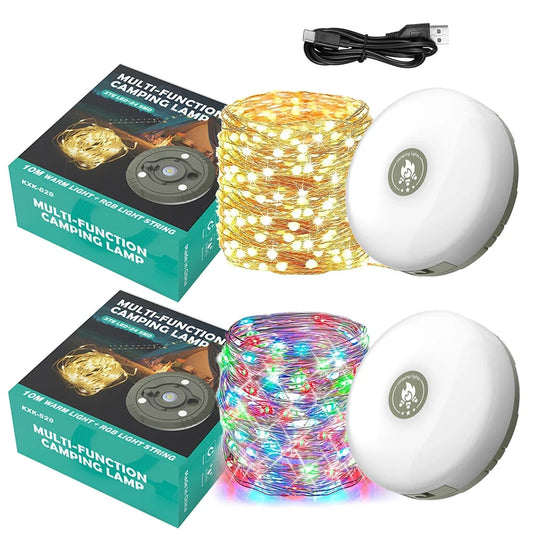

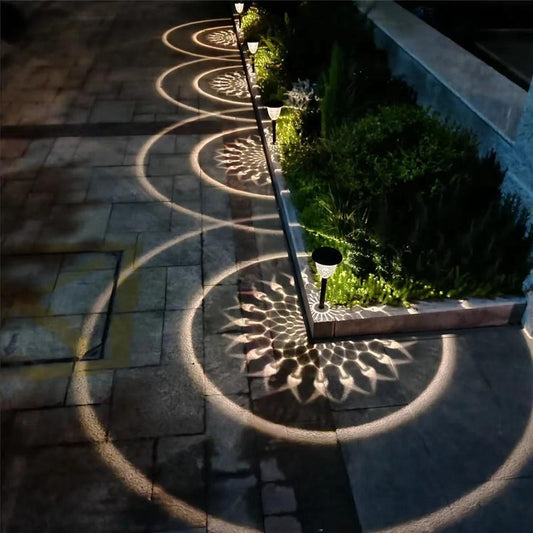

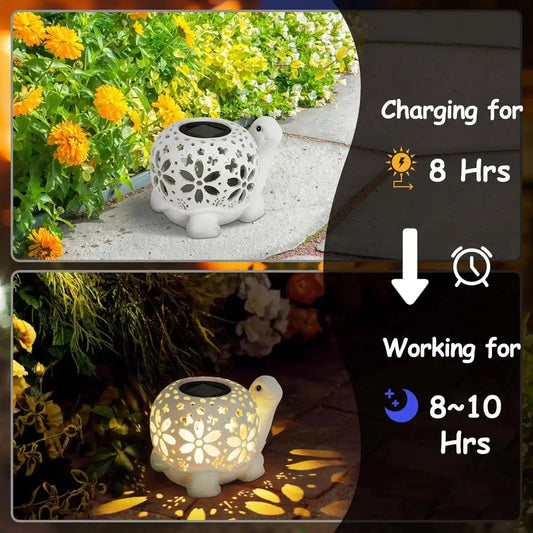

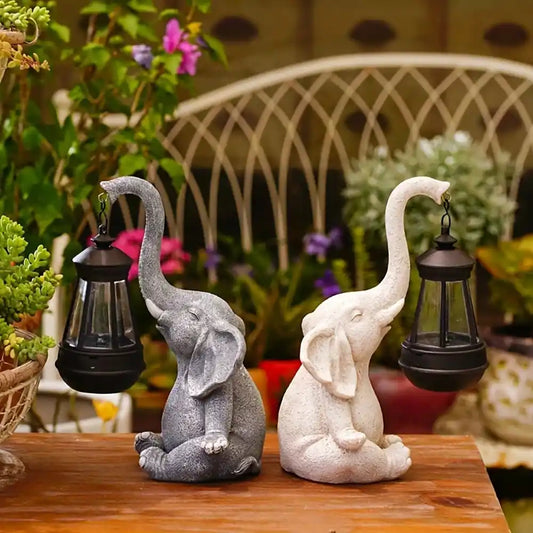

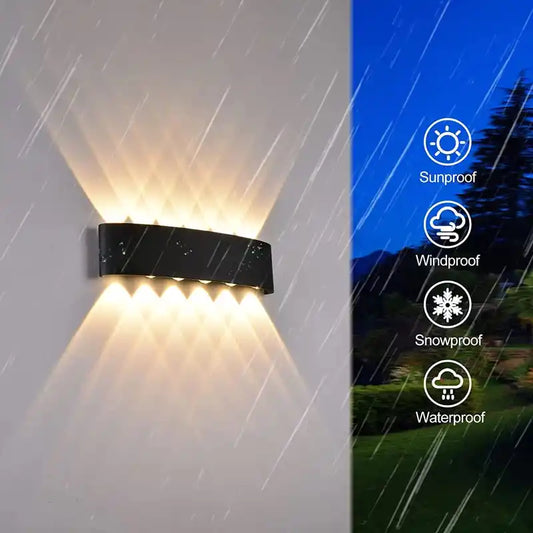

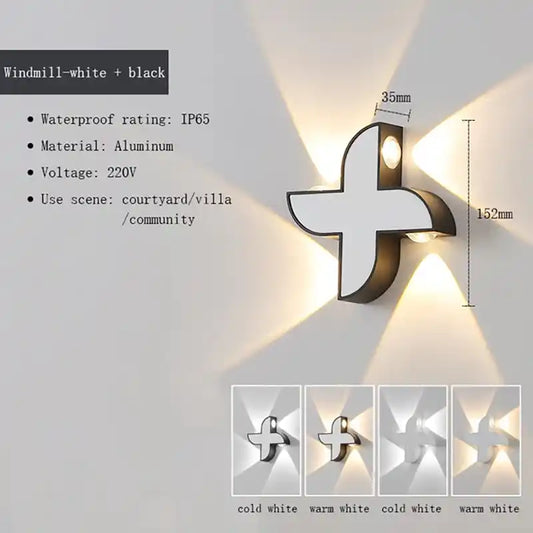

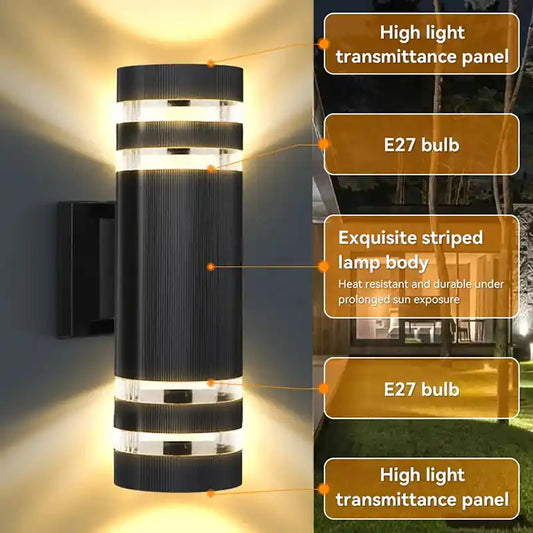

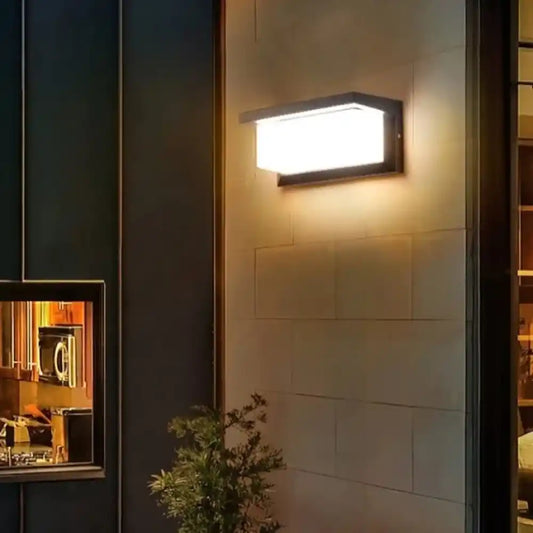



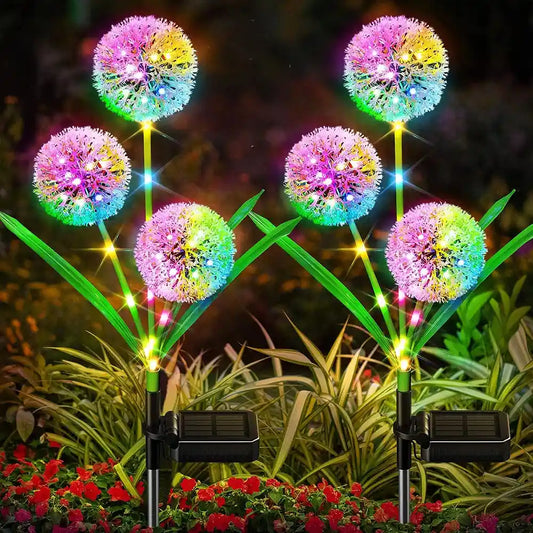



 />
/>
 />
/>
 />
/>
 />
/>
 />
/>
 />
/>